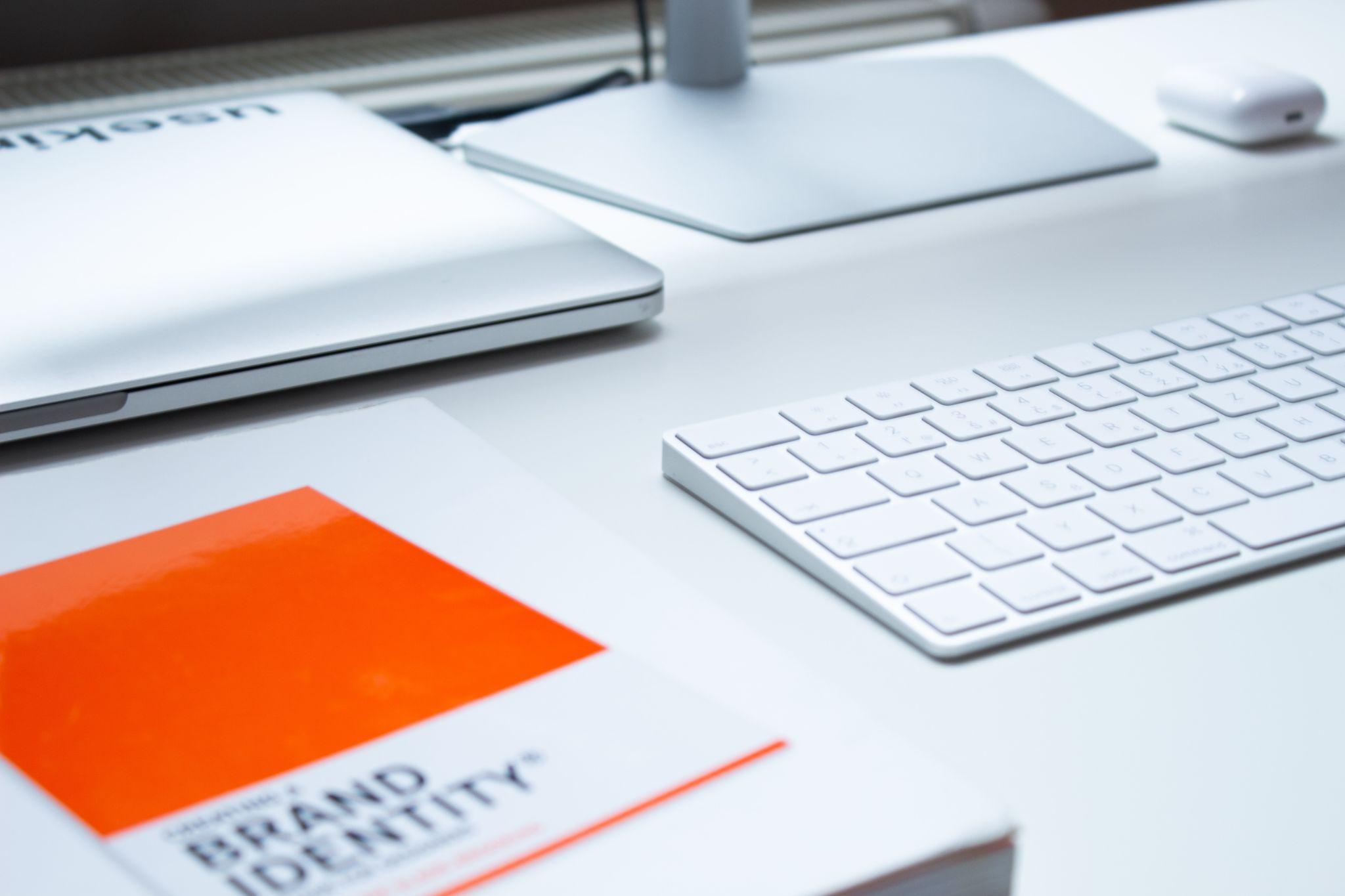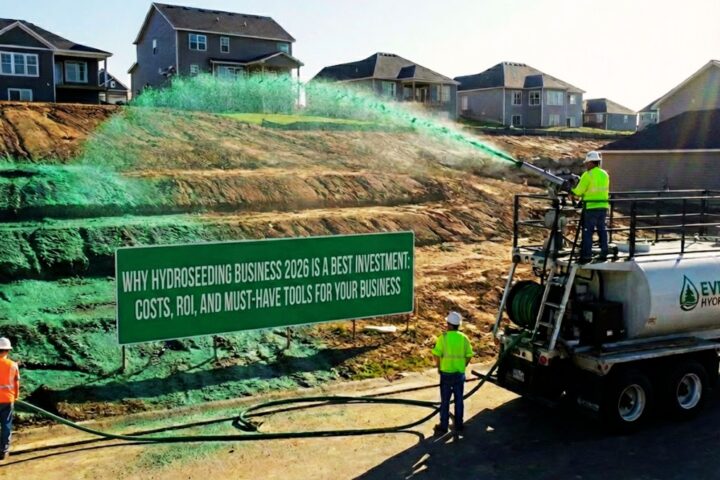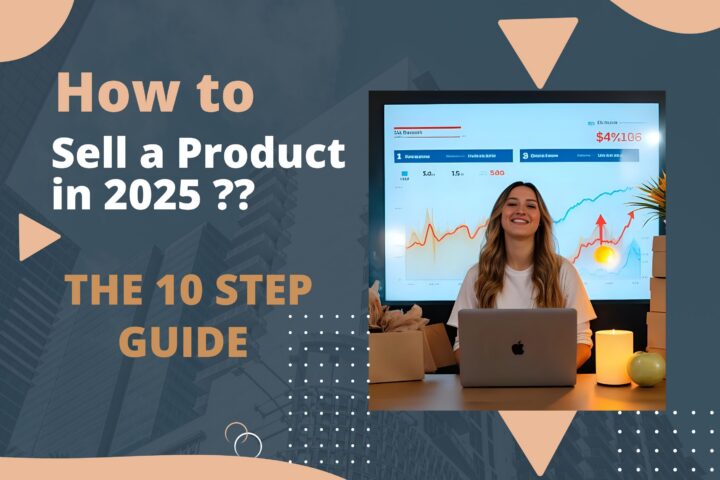Brand safety is a common buzzword in the marketing world, and it is so for a reason. You want to burnish your brand image and identity, and brand safety is a key element of that. But, what is it exactly? How do you ensure it? We explain that here, in this article – we encourage you to read on!

What Is Brand Safety?
Brand safety is the practice of keeping your digital marketing content in a context that would not harm your organization’s reputation. It is often linked to brand suitability, which in fact is an extension of this concept since it focuses on more than just outright toxic context – it takes your brand’s values, mission, and vision into account and aims to avoid settings where these would also be compromised.
Why is brand safety important? With numerous automatic advertising solutions available to marketers nowadays, it is easier for them to lose some control over where their content is placed. Programmatic marketing, with DSPs and SSPs being the main touchpoint between advertisers and advert space owners, is an ideal example of that – it gives marketers the opportunity to post adverts quickly, but with wrong settings, the content may end up on an undesired site.
How to Ensure Brand Safety?
There are several ways to make sure that your brand’s marketing materials are displayed only in valuable, reliable contexts. But, before proceeding to introduce them, you need to complete one crucial step: define your brand safety.
What type of sites do you want to avoid? Do you wish to focus only on brand safety or on brand suitability as well? Which content exactly do you consider toxic? After all, many of these aspects are subjective, so you need to define them for your brand.
Knowing what brand safety is for your organization, you may start introducing measures to ensure it. Here are some of the best practices:
- Select a trusted programmatic platform – The best way to avoid having your ads displayed alongside toxic content or fake news is to set up them through a trusted provider. After all, with Google you have a guarantee that the context will be highly vetted, with less reputable providers – not really.
- Monitor campaigns in real-time – You won’t avoid all breaches to your brand’s safety. But, when they happen, you want to react as quickly as possible. Thus, you should track your campaigns to see where your ads are placed, and when you see that the context is toxic, adjust the settings or exclude the particular publisher. Monitoring will also help you identify ad fraud, by pointing out situations when your ads are clicked by bots.
- Make full use of the exclusions – When opting for programmatic ads, you’re usually faced with the option to exclude particular URLs or types of content. While some marketers overlook it, this is an extremely valuable option for your brand safety. Exercise it to the fullest, think of as many exclusions as possible, and set them up in your campaign to mitigate the risks of impressions along toxic content.
The Takeaway
To recapitulate, brand safety refers to the measures undertaken to reduce the risks of your marketing materials being displayed in a toxic context. It is especially important due to the rise of programmatic ads, which appear on different sites and apps with less control from marketers. To make sure that your content won’t be shown in harmful settings, you should choose only reliable, reputable providers, monitor your ads and include as many exclusions as you can think of.
{{CODE}}









